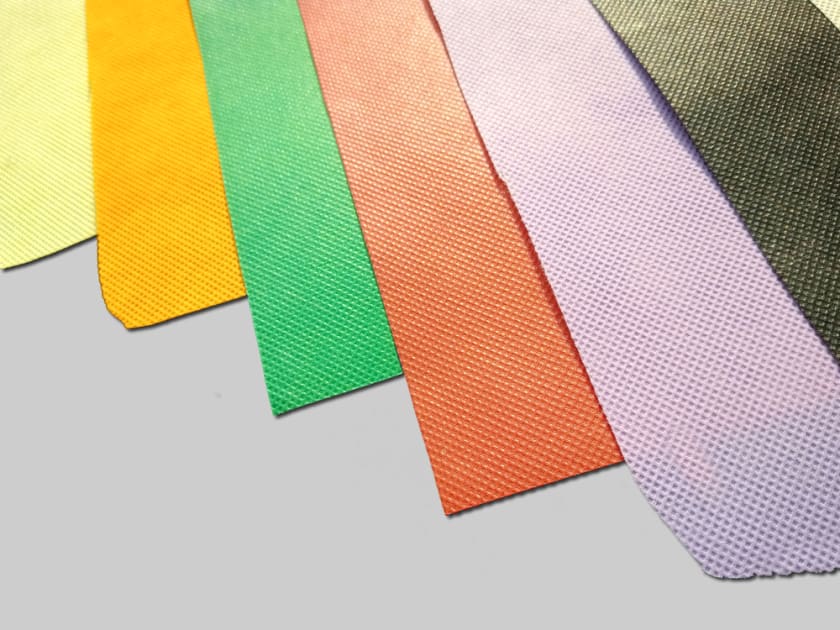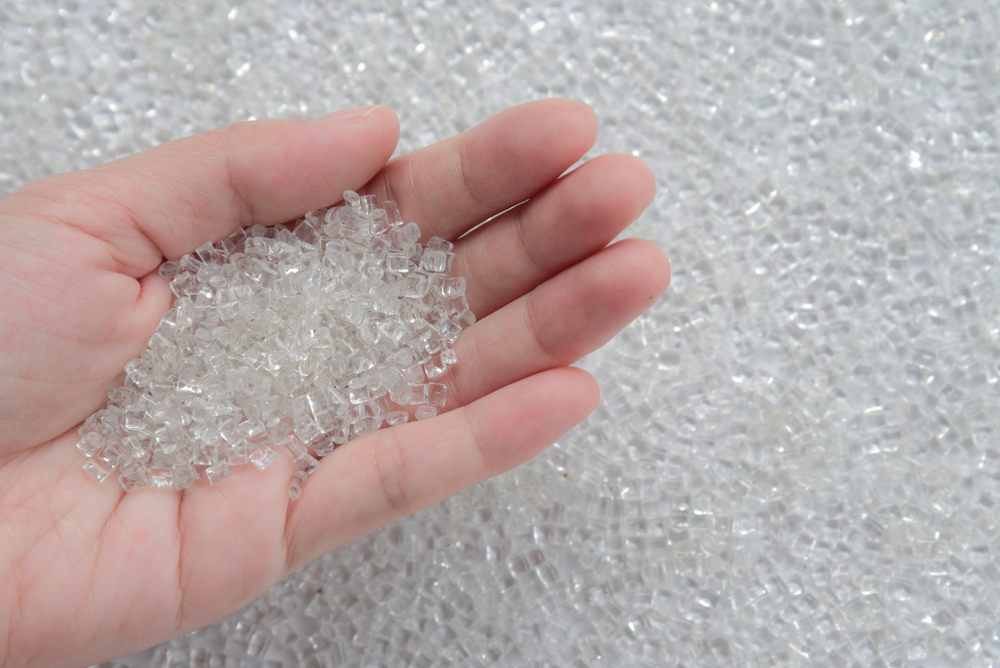Case Study On How A Thai Company Created Textile From Plastic Waste



The world is calling for sustainable methods to save the Earth from getting further damaged. A large amount of pollution and harm to the environment is caused by industries. We are dependent on industries for all our basic needs. With the increasing demands of people, firms accelerate production, releasing harmful by-products into the environment. One such industry is the textile industry. The fashionable clothes we see every day in the markets come from the textile industry. Each apparel goes through several processes before being created. The clothing-making processes like dying are hazardous to the environment to a large extent. The dying of clothes consists of harmful chemicals discharged into the water bodies. The contaminated water becomes dangerous for all living beings.
The textile industry is one of the most polluting industries in the world. According to some surveys, almost five percent of the landfill area has textile waste. Moreover, 20 percent of all freshwater pollution comes from the processing and dyeing of textiles. Thus, to keep the fashion intact and at the same time protect the environment, the industries are therefore resorting to sustainable methods. One such method is creating textile from plastic waste.
Why plastic waste?
Few people know that every single piece of plastic ever made is still on this planet. Millions of tons of plastic waste are floating in the world's oceans. It is estimated that in some years there will be more plastic in the ocean than aquatic animals if people continue to throw plastic into water bodies. This is a serious issue that requires action as soon as possible. Plastic materials do not fade off or get easily ruined as it is non-biodegradable. Synthetic plastics derived from plastics such as nylon and polyester are not the answer either. When these synthetic fibers are washed away, tiny amounts of microplastics break down and, over time, end up in the oceans as plastic particles. We can avoid using plastic by reusing it in different ways. One possibility is to use it in clothing manufacturing. Polyesters aren't the solution, either.
Fashion designers concerned about making the planet a healthier and less polluting place are beginning to use recycled plastic as a material for their clothing. PET bottles found in the ruins of the sea are collected, chipped or melted, and turned into clothes. The future of fashion is going green and innovative. Sewing sustainable clothes and helping save the planet is a trend that will conquer all runways, and here is how it all functions. One company has started to use plastic waste on a large scale to make textiles.
A Thai Company Created Textile From Plastic Waste

Even though only a small percentage of plastic is recycled, it's still a big step forward for the fashion world. The need to turn plastic waste into fashionable products has become the latest trend as more fashion brands stand up to protect the environment. One such company is Saha Pathana, which makes a textile from plastic waste on a large scale.
A Thai company called Saha Pathana has partnered with petrochemical refiner Global Chemical to develop textile products from plastic waste. In this collaboration, Global will bring its expertise in the petrochemical business and plastic resin manufacturing through innovative and breakthrough technologies. Combining the strengths of the two organizations will provide a long-term business perspective while maximizing the potential of Thai business, and will also be in line with the growing trend of green business around the world. Global will also provide technical know-how and support to convert plastic waste into textile products. The companies will focus on developing products that are less harmful to the environment, while at the same time bringing high standards to Thailand's waste management. Textiles made from plastic waste are an ideal business as the global shift in sustainability and environmental protection continues to grow. In addition to creating high-quality textile products from plastic waste, the business cooperation also aims to enter the domestic and international markets. The merger will also expand efforts to implement corporate social responsibility activities such as exhibitions and community development events.
How is a textile made from plastic?
From plastic, the company manufactures polypropylene fabrics. Polypropylene fabric is a textile product derived from the thermoplastic polymer polypropylene. It is more commonly used in packaging, straw, and other types of consumer and industrial goods than in the production of textiles. With time, as the use of polypropylene has become more common in several consumer applications, it is seen that this type of plastic has also shown potential as textiles. Polypropylene is a non-woven fabric, which means that it is made directly from a material without the need to spin the fabric.
Why Polypropylene Fabric?
The major advantage of polypropylene as a fabric is its ability to transfer moisture. This fabric cannot absorb any moisture, instead, moisture goes through the entire polypropylene fabric. Moisture in polypropylene garments evaporates much faster than moisturizing garments. Therefore, this fabric is popular for textiles worn in close contact with the skin. Also, when used in underwear, it tends to retain body odor. It also melts at relatively low temperatures. Polypropylene fabric is one of the lightest synthetic fibers and is highly resistant to most acids and alkalis. In addition, this material's thermal conductivity is lower than most synthetic fibers, making it ideal for wearing in cold climates. Due to its remarkable thermoplasticity, polypropylene plastic is easily formed into various shapes and can be reformed by melting.
Sustainability is the future of the fashion world.

The textile industry is one of the most polluting industries in the world. Therefore, by making the right choice in the methods of production and sales and what one prefers to wear, we can enormously favorably impact society and the environment. The future of fashion calls for sustainability. Today, big clothing and footwear brands are showing the world how fashion can be made sustainable and successful. It is the need of the hour to resort to sustainable ways. Seeing the popularity of sustainable fashion, it is estimated that soon many brands will come forward with it as well. People are willing to pay more to buy sustainable clothing and products that only add more acceleration to their demand.
Conclusion
It is high time people consider their choices before making a purchase. When it comes to clothing, sustainable clothes are there in the market that will make a big difference if people buy them. With time, more and more fashion designers and apparel labels are coming forward to contribute to the environment by bringing sustainability into their new ventures. A small step means a lot for the planet. Sustainable fashion is not just limited to the reusability of plastic waste. Other materials like disks, metallic rings, and many others are also used to create amazing fashionable creations. The creativity of people and the positive vibe of doing something good for the planet makes sustainable fashion a proud choice.
The fabric of apparel plays a vital role in apparel making. It is one of the most essential aspects of making a garment. Often, it is hard for fashion buyers to find premium quality fabrics at affordable prices. There is an ideal place to get both. Fashinza is a B2B apparel manufacturing platform that helps clothing brands to manufacture their collections by connecting them with suppliers. They take care of the entire production process from design to delivery. Brands only need to place the order and the rest will be taken care of. Do visit Fashinza!



















